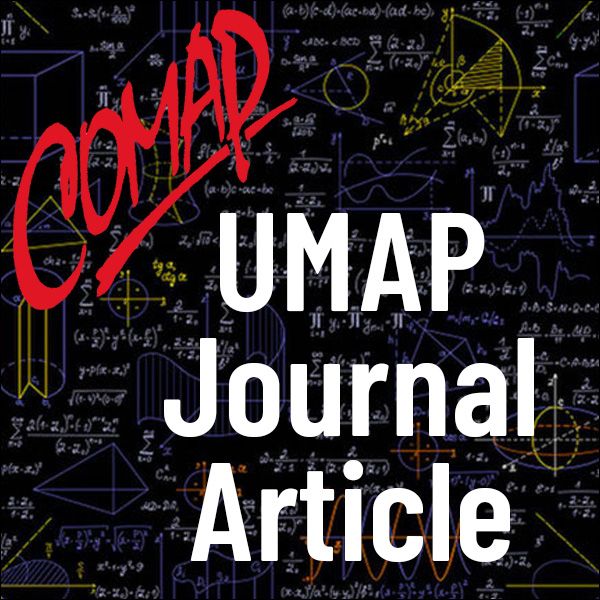Communication Games and the Canadian Constitution (UMAP)
Author: Kathy W. Hoke and Kimberly I. Noonan
In Canada, the passing of a constitutional amendment requires a resolution of the Canadian Parliament accompanied by concurrence of two-thirds of the provinces representing at least 50% of the population. This amendment formula is part of the Constitution Act of 1982, Canada's constitution, which was finally approved by British Parliament in March of 1982, ending all legal ties between Great Britain and Canada. Agreement on this amendment formula was not unanimous; Quebec did not give approval of the Constitution Act of 1982 because it wanted veto power over constitutional change. Reaching agreement on an amendment formula blocked Canada's attempts to have complete control over its constitution for over 50 years and has even been a subject for debate since 1982. For example, the Victoria proposal required for constitutional amendment approval by both Ontario and Quebec, at least two of the four Atlantic provinces, and at least two of the four western provinces representing 50% of the population in those provinces. Proponents argued that this method recognized population, geographical location, and Quebec's unique position as the home of the French-speaking population; but the proposal failed to get approval. More recently, the failed Meech Lake and Charlottetown accords in the early 1990s both attempted to add a veto for all provinces to the adopted amendment scheme for special types of constitutional amendments. Central to the debate is the power each province has in constitutional reform. (Details about the history of Canada's struggle with its constitution can be found in Webber [1994].)
Table of Contents:
INTRODUCTION
MATHEMATICAL BACKGROUND FOR THE MODEL
THE ARC GAME AND THE POSITION VALUE
THE POSITION VALUE OF EACH PROVINCE IN THE CONSTITUTIONAL AMENDMENT GAME
CONCLUSIONS
REFERENCES
ACKNOWLEDGMENT
ABOUT THE AUTHORS

Mathematics Topics:
Application Areas:
You must have a Full Membership to download this resource.
If you're already a member, login here.